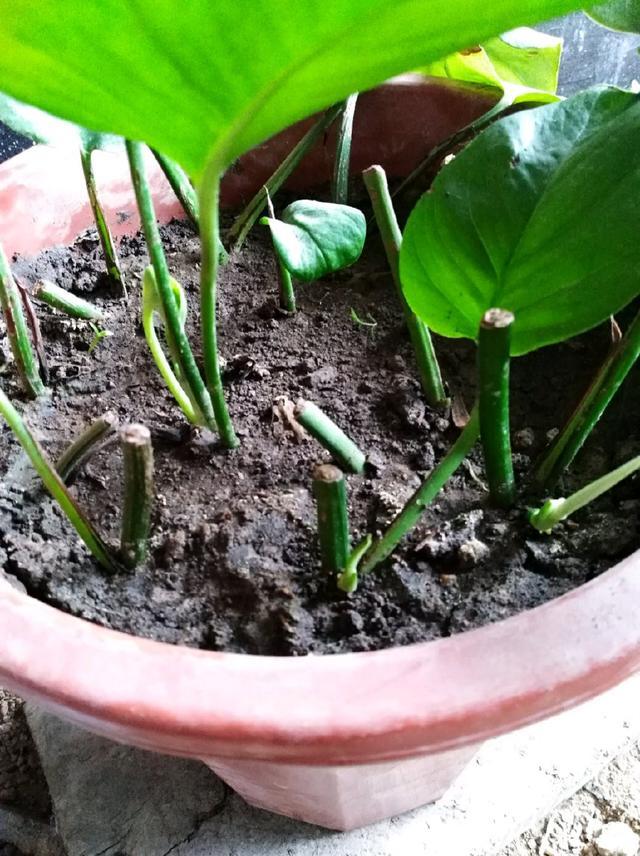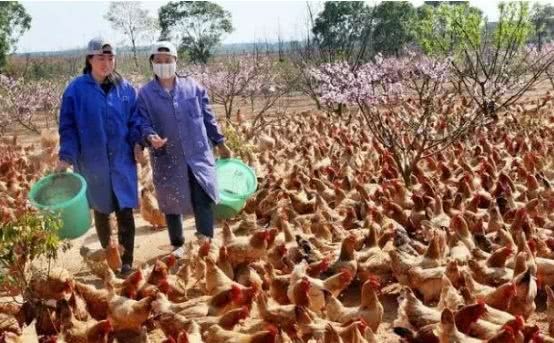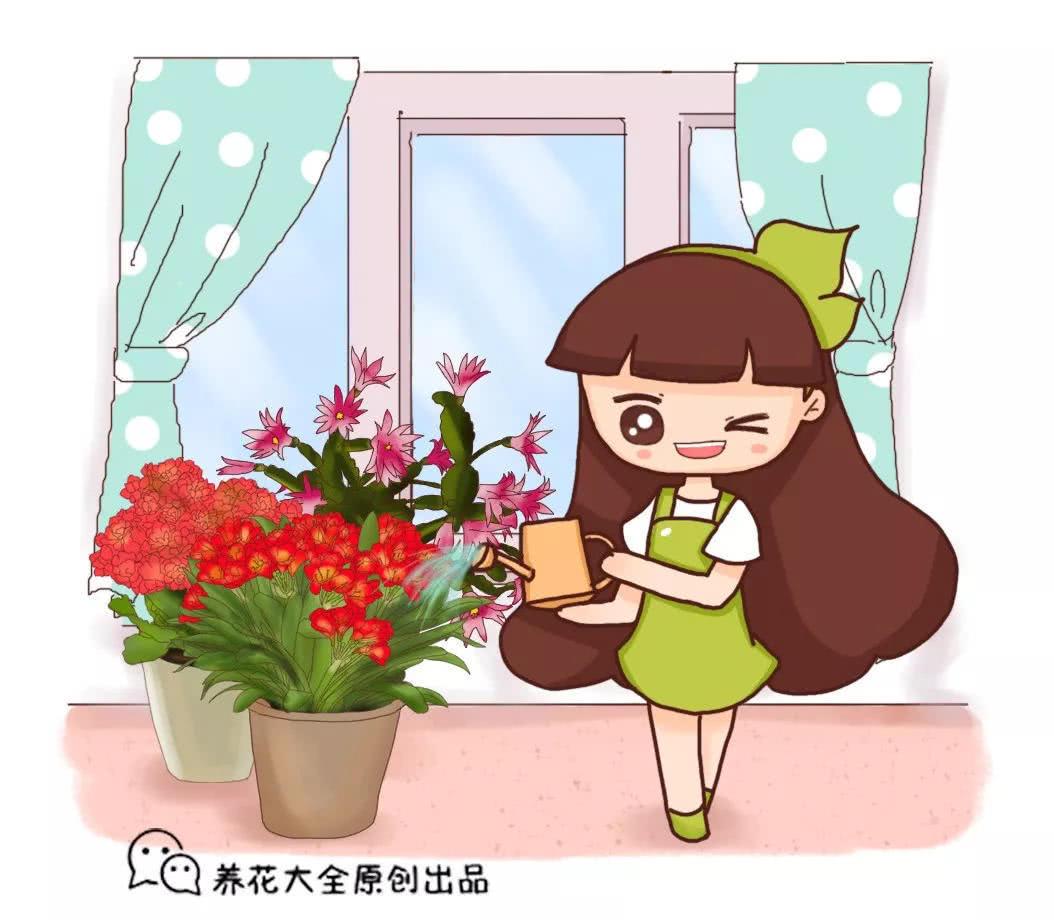Using three kinds of waste to make flower soil, every time it is watered, it releases nutrients and nourishes what is prosperous.

Potted flowers, if you want to grow vigorously, you can basically start from three aspects: one is watering, the second is fertilization, and the last one is nutritious soil. Watering and fertilizing are the basic skills of growing flowers. If watering or fertilizing is wrong, it can be corrected in time. But for nutritious soil, there is a lot of attention to it. After all, nutritious soil is directly related to the root system of potted flowers. Moreover, the nutrient soil is not changed at any time, the general flowers at least half a year will change the pot to change the soil once. Therefore, the production of nutrient soil in the early stage is very important. For the soil for growing flowers, you can buy some special soil for flowers, or you can make it yourself. Generally speaking, we recommend self-control, because in this way we can control the fertility of the soil.
Using three kinds of waste to make "flower soil", every time it is watered, the nutrients will be released once.
Flower soil, only loose, breathable will be conducive to the breathing of flower roots, if there is fertilizer in the pot soil, it is more conducive to the growth of flowers. It is easy to make nutritious soil, and many flower lovers feel that they waste their time and energy and have to do it themselves, which is troublesome. In fact, some of the waste and garbage in life can be used to make nutritious soil, and they have also been used, but turn waste into treasure! Next, potted stacks share three kinds of waste in life with flower friends, all of which are very common, easy to take and easy to use.
Coal cinder
Cinder, to be honest, is relatively rare now. If you find it on the ground or next to the trash can when you go out, you must find a plastic bag to pick it up and go home. Because it is very reliable to make nutritious soil. After the briquette cinder is fired, the whole texture becomes very loose and breathable, and there are still some trace elements left in it, which is conducive to the absorption and growth of flowers. The role of coal cinder in the nutritious soil is to keep the basin soil from hardening throughout the year and not to worry about stagnant water at the bottom of the basin every time it is watered. Such a good thing, growing flowers is very practical!
Rotten branches, leaves
This kind of thing is very common, and there are a lot of it under the woods or by the river. Branches and rotten leaves, themselves belong to the fiber structure, there are also a lot of nutrients and trace substances. In particular, rotten leaves, after a long period of dark and wet accumulation, have been humic, a large amount of organic matter can provide a good micro-ecological environment for flower roots. Moreover, every time the water is watered, the trace matter inside the rotten leaves will be decomposed once, to put it bluntly, the nutrients will be distributed once, which will also be conducive to the growth of flowers. Many flowers, such as orchid, green apple, gardenia and so on, are suitable for growing in loose, fertile and humus-rich soil.
Bone residue
All kinds of chicken bones and fish bones left over in life can be mixed with nutritious soil. Bones contain a lot of calcium and phosphorus, which is very conducive to the health of flowers. For example, phosphorus can enhance the photosynthesis of flowers, while calcium can make the roots more luxuriant. However, when using bone dregs to make flower soil, we should pay attention to the mode of operation. First wash the bones and then expose them to the sun for two days in order to sterilize and disinfect them. Then mash it up and mix it with the soil.
Potted stacks will update some little knowledge and tips on growing flowers every day. If flower friends are interested, you can pay attention to it.
- Prev

Now how can people breed what they don't eat, what they grow and what they don't eat?
Abstract: if you eat too much, you will get tired of it. I don't mean what you grow at home, you have to eat what you breed every day. There is a colleague who raises chickens at home. He doesn't eat eggs very much, and he seldom eats chicken. Ask him why, and he always says.
- Next

Pour some fairy water on the flowers for three days the yellow leaves turn green and the leaves grow strong to survive the winter.
Leaves fall to know autumn, and as soon as the weather is cool, flowers and plants turn yellow without paying attention. Don't think that what you raise at home is all right. Many flower friends have yellow leaves and fallen leaves. It seems that if you don't give the flowers a tonic, they will soon be treated by you.
Related
- Wuhan Hospital Iron Tree Blooming Result Was Instantly Frightened by the Gardener Master
- Which variety of camellia is the most fragrant and best? Which one do you like best?
- What is the small blue coat, the breeding methods and matters needing attention of the succulent plant
- Dormancy time and maintenance management of succulent plants during dormancy
- Minas succulent how to raise, Minas succulent plant pictures
- What are the varieties of winter succulent plants
- How to raise succulent plants in twelve rolls? let's take a look at some experience of breeding twelve rolls.
- Attention should be paid to water control for succulent plants during dormant period (winter and summer)
- Watering experience of twelve rolls of succulent plants
- Techniques for fertilizing succulent plants. An article will let you know how to fertilize succulent plants.

